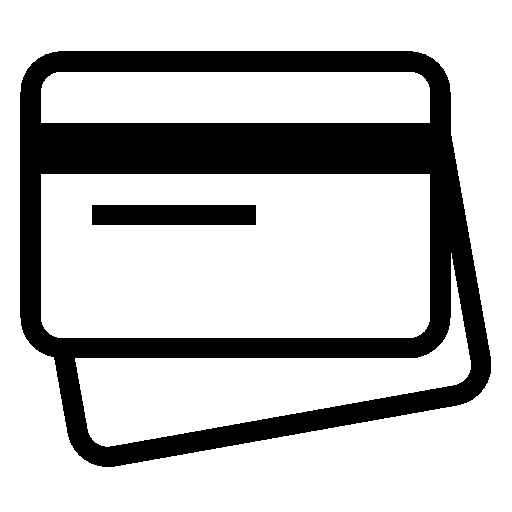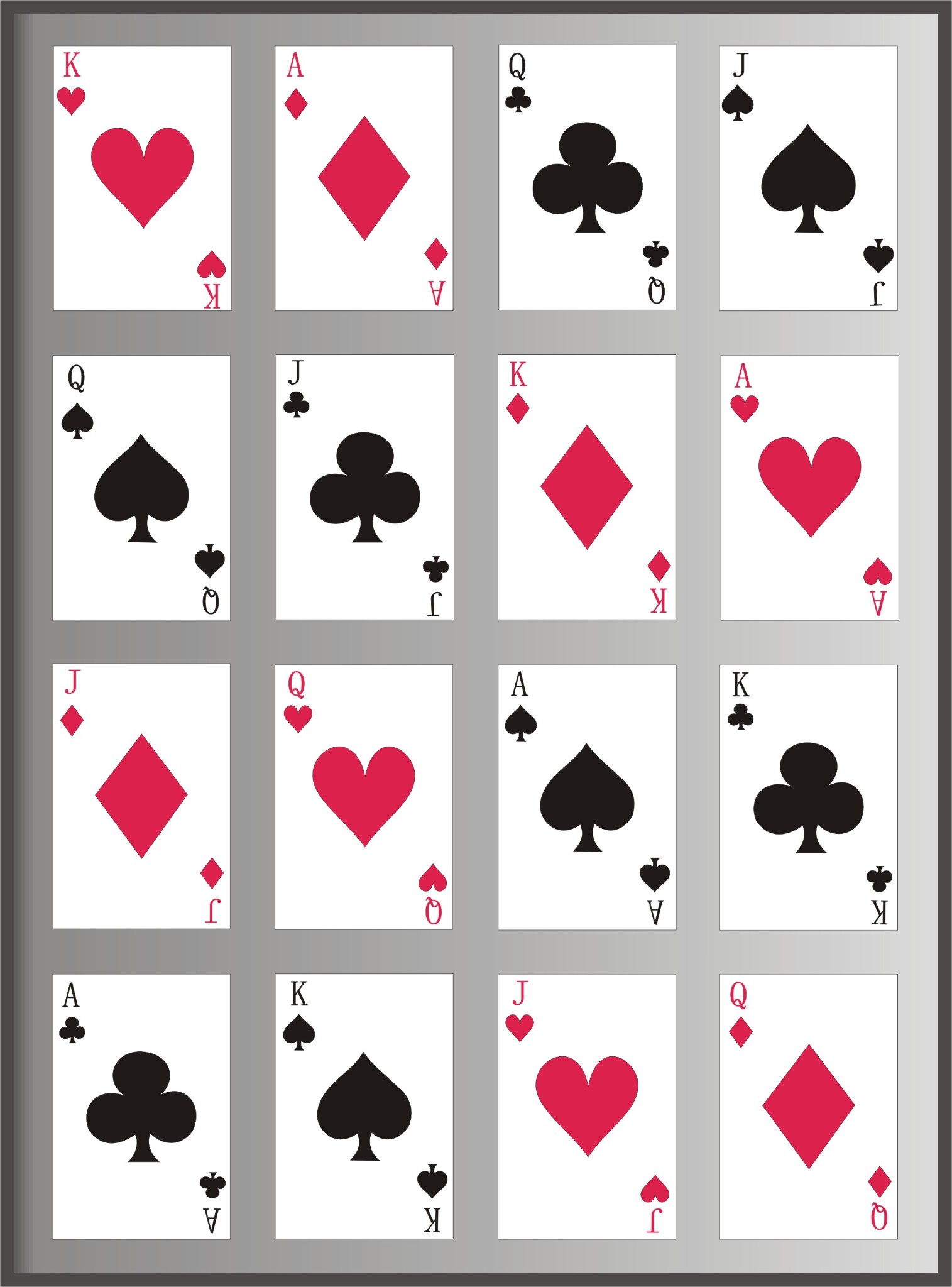Dungeons & Dragons (D&D) has captivated players for decades with its rich storytelling, imaginative worlds, and complex gameplay mechanics. One of the many tools players and Dungeon Masters (DMs) use to enhance their gaming experience is the glyph card system in D&D 5th Edition (5E). Glyph cards provide an intuitive way to track spells, abilities, and magical effects, making gameplay smoother and more engaging. This article explores the concept of glyph cards, their significance in Glyph Card 5E, how they work, and tips for effectively utilizing them in your campaign.
What are Glyph Cards?
Glyph cards are tools used in D&D 5E to visually represent spells, abilities, and magical effects. They act as quick references for players and DMs, allowing for easier management of resources during gameplay. The idea behind glyph cards is to simplify the tracking of various effects, making it less cumbersome to keep track of numerous spells and abilities during a session.
The Purpose of Glyph Cards
The primary purpose of glyph cards is to streamline gameplay. In the heat of battle or during complex encounters, players may forget specific spell details or ability effects. Glyph cards provide a tangible representation of these elements, helping players remember important information without flipping through rulebooks or character sheets.
Components of Glyph Cards
Glyph cards typically include several key components:
- Name of the Spell or Ability: The card prominently displays the name of the spell or ability, making it easy for players to identify what they are using.
- Casting Time: This indicates how long it takes to cast the spell, which can influence tactics during combat.
- Range: The range shows how far the spell can reach, essential for determining positioning on the battlefield.
- Components: Most spells have specific components required for casting, such as verbal (V), somatic (S), or material (M). Glyph cards will outline these components.
- Duration: The duration tells players how long the spell lasts, whether instantaneous, concentration, or set timeframes.
- Description: A brief description of the spell or ability’s effects allows players to quickly recall what the glyph does.
- Visual Representation: Some glyph cards may also include artwork or symbols that represent the spell or ability, adding a visual flair to the gameplay.
Types of Glyph Cards
There are various types of glyph cards that players can use, depending on their character class and abilities. Below are some common types:
Spell Glyph Cards
These cards are used primarily by spellcasting classes such as Wizards, Sorcerers, Clerics, and Druids. Each card represents a spell the character can cast, detailing all the relevant information needed to use the spell effectively.
Ability Glyph Cards
Ability glyph cards represent special abilities granted by a character’s class, race, or background. These cards help track class features, racial traits, and unique abilities that characters possess.
Status Effect Glyph Cards
Status effect glyph cards are used to track ongoing effects that affect characters, such as buffs, debuffs, or conditions like poisoned, blinded, or charmed. These cards provide a quick reference for DMs and players to remember the current state of characters and creatures in play.
How to Create Glyph Cards
Creating glyph cards can be a fun and personalized aspect of gameplay. Here’s a step-by-step guide to making your own glyph cards:
Step 1: Gather Materials
You’ll need some basic materials to create your glyph cards. Consider using:
- Index cards or cardstock
- Markers or pens
- Reference books (Player’s Handbook, Dungeon Master’s Guide)
- Ruler (for neatness)
- Optional: Art supplies for embellishments
Step 2: Choose Your Spells or Abilities
Select the spells or abilities you want to include on your glyph cards. Start with a few essential spells that your character frequently uses. As you become more comfortable, you can expand your collection to include additional spells.
Step 3: Design the Layout
Decide on the layout for your glyph cards. A simple template might include the name at the top, followed by casting time, range, components, duration, and description below. You can use a ruler to create clean lines and sections.
Step 4: Fill in the Information
Using your reference materials, fill in the details for each spell or ability on the corresponding card. Be concise yet informative to ensure you have all necessary information at a glance.
Step 5: Add Visuals (Optional)
If you’re artistically inclined, consider adding illustrations, symbols, or icons to your cards. Visual representations can make your glyph cards more appealing and easier to remember.
Step 6: Organize Your Cards
Once you’ve created several glyph cards, consider organizing them in a way that makes sense for your gameplay. You can sort them by spell level, class, or type of ability to quickly find what you need during a session.
Tips for Using Glyph Cards Effectively
To maximize the effectiveness of glyph cards during your D&D sessions, consider the following tips:
1. Keep Them Handy
Ensure your glyph cards are easily accessible during gameplay. Use a cardholder or binder to keep them organized and within reach, allowing for quick reference when it’s your turn.
2. Update Regularly
As you level up and gain new spells or abilities, make sure to update your glyph card collection. Remove cards for spells you no longer use and replace them with new ones that reflect your character’s current capabilities.
3. Collaborate with Your DM
Talk to your DM about incorporating glyph cards into the campaign. They may have specific rules or suggestions for using them effectively, ensuring everyone is on the same page.
4. Customize for Your Group
Each D&D group has its own play style and preferences. Adapt your glyph cards to suit the needs of your table, whether you prefer more detailed cards or simple, streamlined versions.
5. Share with Fellow Players
If you have friends who are new to D&D or who struggle with spell management, consider sharing your glyph cards with them. Teaching others how to use glyph cards can enhance everyone’s experience at the table.
Conclusion
Glyph cards are a valuable tool for players and DMs alike in Dungeons & Dragons 5E, simplifying the management of spells, abilities, and effects during gameplay. By providing quick references and visual aids, glyph cards enhance the overall gaming experience, allowing players to focus on storytelling and role-playing rather than getting bogged down in rules and mechanics.
Creating and using glyph cards can be a rewarding and creative process, fostering a deeper connection to your character and the game. As you embark on your D&D adventures, consider incorporating glyph cards into your sessions, enhancing your gameplay and bringing the magical world of Dungeons & Dragons to life.




